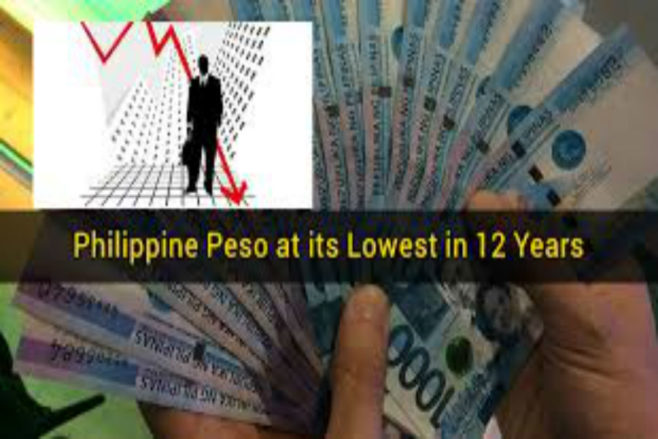Share prices and the local currency ended lower as the government announced the trade deficit widened in July as imports posted their fastest gain in more than two years while exports barely grew.
The Philippine Stock Exchange PSEI Index declined as much as 1.3 percent, taking the total loss in the past five sessions to nearly 5 percent. It had lost over 11 percent this year as of last close, making it the top loser among Southeast Asian markets.
These are the after-effects of higher-than-expected August inflation, and some concerns of contagion from emerging markets on the currency, said Fio De Jesus, an analyst at Manila-based RCBC Securities.
The peso slipped to P53.94, 0.06 centavos lower than the previous day’s close of P53.88.
The peso gave up 0.2 percent versus the dollar in the wake of news that imports into the Philippines grew at their fastest in two years while exports barely rose.
Big trade gaps and a wide current account deficit have pressured the peso which now hovers around its weakest in 12 years against the US dollar.
GIL BELTRAN, Dept. of Finance Undersecretary and the country’s chief economist, said the Philippine peso has been moving in tandem with Asian currencies amid severe exchange rate volatility spawned by the global trade war, the Turkey-Argentina crisis and the Fed monetary normalization.
“Maintaining good macroeconomic policies, thru manageable fiscal and BOP balances, and adopting economic reforms thru tax reforms is still the best way to sustain growth and investment and at the same time, steer the economy from external economic shocks,” Beltran said.
Beltran added that year-to-date, the Philippine peso depreciated by 7.39 percent, ranking 3rd among 12 currencies of the fastest growing Asian countries.
The most depreciated currencies were Indian rupee depreciating by 11.7 percent and Indonesia, by 9.0 percent.
“Since July 31 when emerging markets were the target of adverse hot money movements as contagion spread from problems in Turkey and Argentina, the Philippine peso depreciated by 0.82 percent, ranking 5th among 8 Asian countries whose currencies depreciated,” Beltran explained.
Ruelle Albert Castro, MALAYA,Reuters








